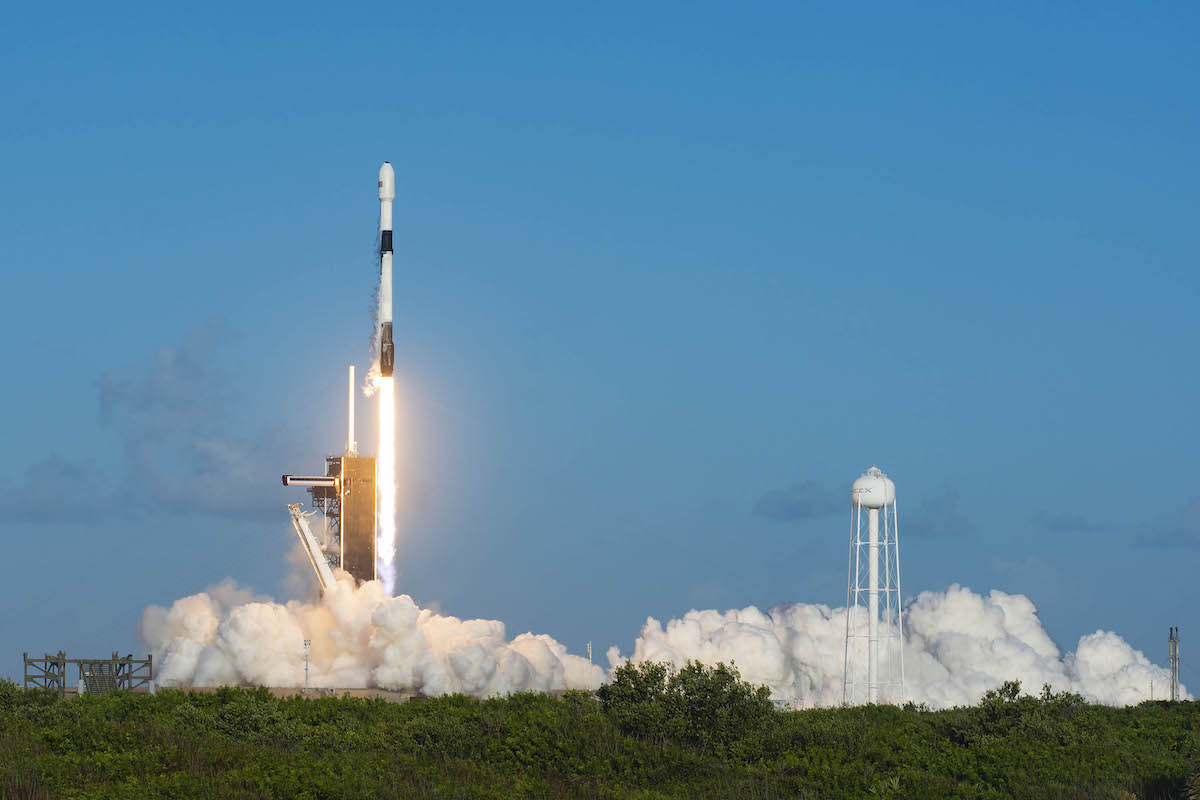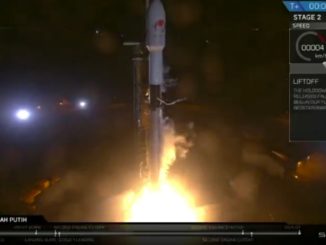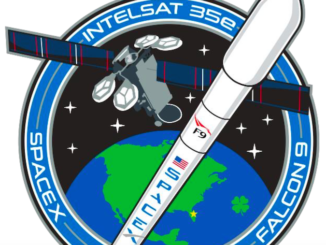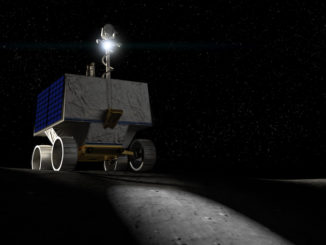
SpaceX launched 60 more Starlink internet relay platforms into orbit Sunday as the company ramps up network testing in Washington state and touts a streak of nearly 300 satellites launched since June without a spacecraft failure.
Nine Merlin 1D engines fired up and powered the Falcon 9 rocket off pad 39A at the Kennedy Space Center in Florida at 8:25:57 a.m. EDT (1225:57 GMT) Sunday, marking the 14th Falcon 9 mission dedicated to deploying satellites for SpaceX’s Starlink broadband network.
The kerosene-fed engines throttled up to produce 1.7 million pounds of thrust, driving the Falcon 9 rocket to the northeast from the Florida’s Space Coast. Two-and-a-half minutes later, the first stage booster shut down its engines and detached to begin descending toward SpaceX’s drone ship “Of Course I Still Love You” in the Atlantic Ocean.
The second stage’s single Merlin engine ignited to continue the mission into orbit, and the Falcon 9’s two-piece nose shroud jettisoned nearly three-and-a-half minutes into the flight.
The 15-story first stage booster nailed its landing on SpaceX’s drone ship around 400 miles (630 kilometers) northeast of Cape Canaveral. It was the sixth trip to space and back for this particular booster — designated B1051 — after its debut on an unpiloted test flight of the Crew Dragon spacecraft in March 2019.
The Falcon 9 rocket’s first stage has successfully landed on SpaceX’s drone ship “Of Course I Still Love You” in the Atlantic Ocean.
This marks the 62nd recovery of a Falcon rocket booster, and the sixth landing for this stage.
Continuing coverage: https://t.co/B5TzWEpreQ pic.twitter.com/BzBcvQdqo5
— Spaceflight Now (@SpaceflightNow) October 18, 2020
At the same time, the Falcon 9’s upper stage delivered the 60 Starlink internet satellites into a preliminary orbit. The upper stage engine later reignited to maneuver the payloads into a near-circular orbit 172 miles (278 kilometers) above Earth, with an inclination of 53 degrees to the equator.
The 60 flat-panel satellites separated from the rocket at 9:29 a.m. EDT (1329 GMT) to conclude SpaceX’s 70th straight successful mission. A camera on the upper stage showed the 60 satellites — each with a mass of about a quarter-ton — flying free of the Falcon 9 over the Indian Ocean.
“Great way to start off a Sunday,” said Andy Tran, a production supervisor at SpaceX who hosted the company’s launch webcast Sunday.
SpaceX said its two fairing recovery ships caught both halves of the fairing from Sunday’s launch as the clamshells came back to Earth under parachutes. The net on one of the vessels gave way as the fairing settled into orbit, but SpaceX said its ocean-going recovery team was OK.
With the satellites launched Sunday, SpaceX has placed 835 Starlink broadband relay stations into orbit, including prototypes that won’t be used for commercial service. That extends SpaceX’s lead in operating the largest fleet of satellites in orbit.
The new Starlink spacecraft, built by SpaceX in Redmond, Washington, were expected to unfurl solar panels and activate krypton ion thrusters to begin raising their altitude to roughly 341 miles (550 kilometers), where they will begin providing broadband service.
SpaceX’s 60 newest Starlink internet satellites have deployed from the Falcon 9 rocket.
SpaceX says vessels in the Atlantic caught both halves of the rocket’s payload fairing, but the net on one of the ships gave way. The recovery team is OK, SpaceX says.https://t.co/B5TzWEpreQ pic.twitter.com/L1tTgVyDED
— Spaceflight Now (@SpaceflightNow) October 18, 2020
SpaceX plans to operate an initial block of around 1,500 Starlink satellites in orbits 341 miles above Earth. The company, founded by billionaire Elon Musk, has regulatory approval from the Federal Communications Commission to eventually field a fleet of up to 12,000 small Starlink broadband stations operating in Ku-band, Ka-band, and V-band frequencies.
There are also preliminary plans for an even larger fleet of 30,000 additional Starlink satellites, but a network of that size has not been authorized by the FCC.
SpaceX says the Starlink network — designed for low-latency internet service — is “still in its early stages,” and engineers continue testing the system to collect latency data and speed tests. In a filing with the FCC dated Oct. 13, SpaceX said it has started beta testing of the Starlink network in multiple U.S. states, and is providing internet connectivity to previously unserved students in rural areas.
On Sept. 28, the Washington Military Department announced it was using the Starlink internet service as emergency responders and residents in Malden, Washington, recover from a wildfire that destroyed much of the town.
Earlier this month, Washington government officials said the Hoh Tribe was starting to use the Starlink service. SpaceX said it recently installed Starlink ground terminals on an administrative building and about 20 private homes on the Hoh Tribe Reservation.
“We’ve very remote,” said Melvinjohn Ashue, vice chairman of the Hoh Tribe. “The last eight years, I’ve felt like we have been paddling up river with a spoon and almost getting nowhere with getting internet to the reservation.
“It seemed like out of nowhere, SpaceX just came up and just catapulted us into the 21st century,” Ashue said Oct. 7. “Our youth are able to do education on line, participate in videos. Tele-health is no longer going to be an issue, as well as tele-mental health.”
In an FCC filing last week, SpaceX representatives wrote that the company had successfully launched and operated nearly 300 new Starlink spacecraft since June without a failure.
“SpaceX continues investing in its rapid network deployment, including launching as many as 120 satellites a month and installing extensive ground infrastructure across the country,” SpaceX told the FCC.
SpaceX appears to be on pace to launch more than 120 satellites in the month of October.
The company added 60 satellites to the Starlink network with a Falcon 9 launch Oct. 6, and put up another 60 spacecraft Sunday. A Falcon 9 rocket is tentatively scheduled for liftoff from pad 40 at Cape Canaveral Air Force Station at 12:36 p.m. EDT (1636 GMT) Wednesday with another flock of Starlink satellites.
Email the author.
Follow Stephen Clark on Twitter: @StephenClark1.



